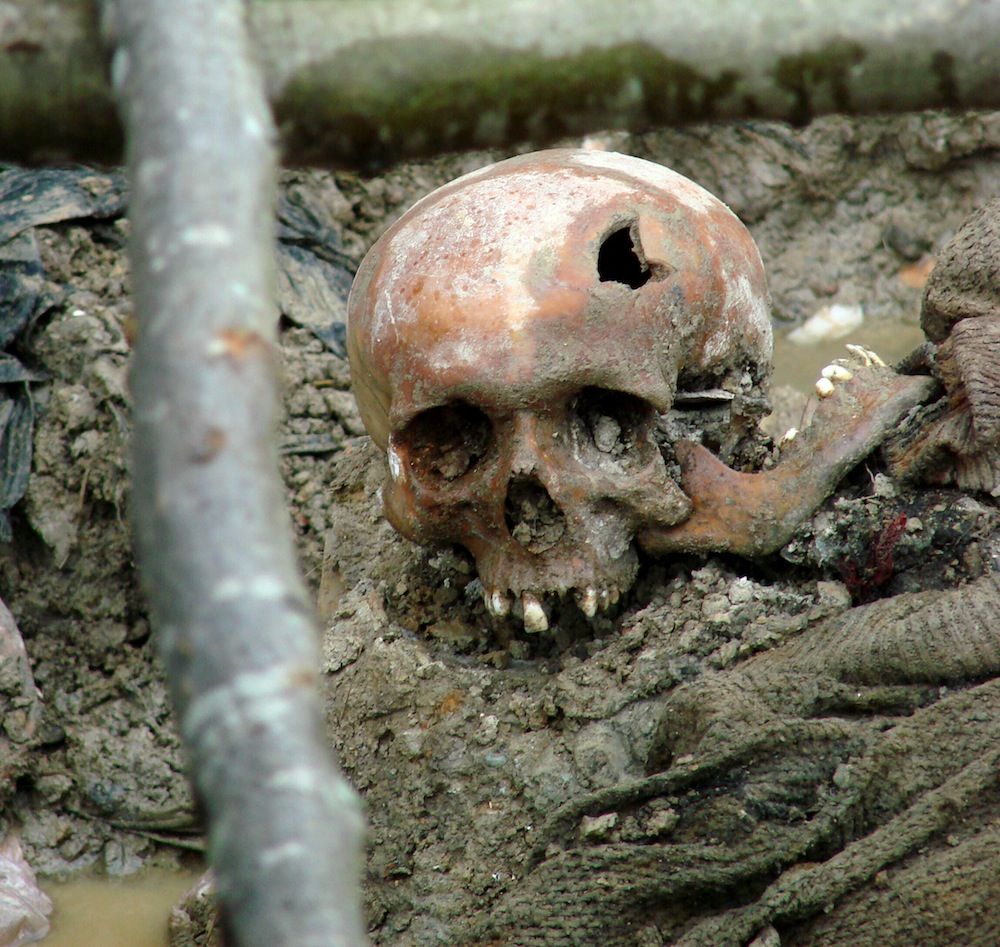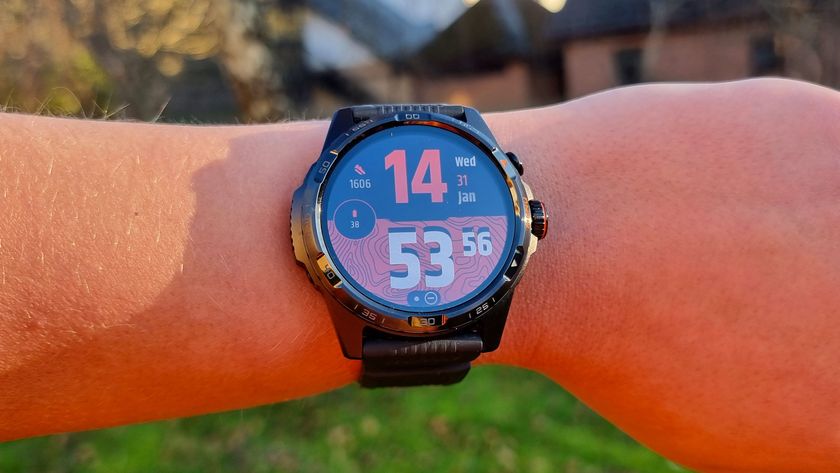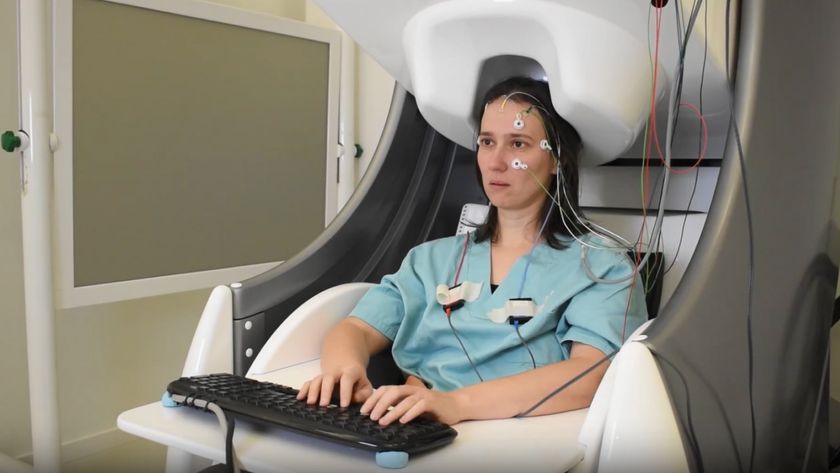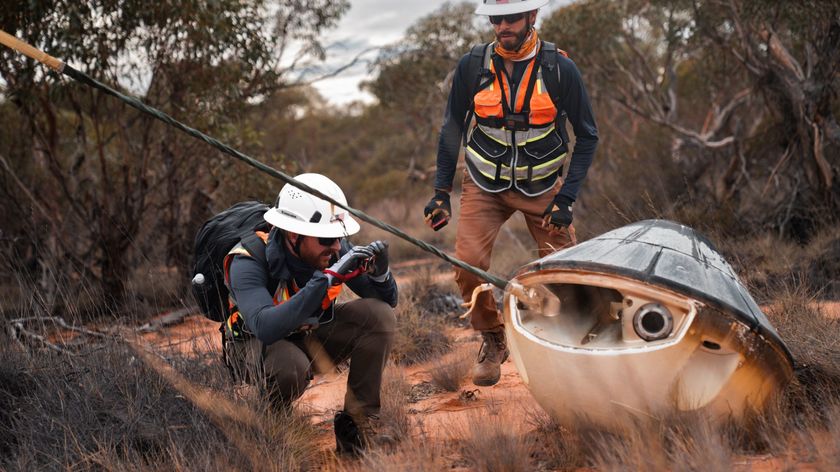Bones Tell Tale of Suffering Before Bosnian Genocide

The victims of the mid-1990s genocide in Bosnia were allowed to suffer long before Bosnian Serb forces began their massacres, according to a new study of bones from mass graves in the region.
The bones of the victims are scarred with telltale signs of chronic disease and birth defects, suggesting that this population of Bosnian Muslims endured a lack of health care long before the Bosnian conflict turned violent.
"They had been marginalized for a long time," study researcher Ann Ross, an anthropologist at North Carolina State University, told LiveScience. "They had very poor health care. For example, there were a couple of individuals that had significant ear infections that had produced even the breakdown of bone. … Obviously, that was telling me they didn't even have access to antibiotics that could have dealt with that issue."
Ross said that the research could help policymakers identify marginalized populations who are at risk of having their countrymen turn against them. [Read: The History of Human Aggression]
"This is the first time that the actual health of a population has been measured in victims of genocide," Ross said, pointing out that known risk factors for genocide are often anecdotal.
The study will appear in the fall issue of the journal Forensic Science Policy and Management.
Buried bones
Sign up for the Live Science daily newsletter now
Get the world’s most fascinating discoveries delivered straight to your inbox.
In July 1995, Bosnian Serb forces besieged the town of Srebrenica in Bosnia and Herzegovina. "Ethnic cleansing," or the forced removal of Bosnian Muslims, had been under way for several years, with many detained or forced to flee homes destroyed by Serbian troops. On July 11, Srebrenica fell. In the aftermath, approximately 8,000 Muslim men and boys were separated from their families and executed. In 2004 in The Hague, the International Criminal Tribunal for the former Yugoslavia declared what happened at Srebrenica as genocide.
Ross became involved in 1997 in the aftermath of the massacre, taking several trips to the area to help identify bodies pulled from mass graves. She also helped set up a database of unidentified sets of remains, of which there are more than 1,000.
"While I was gathering information for this database, I noticed that there were a lot of anomalies visible on these skeletons that were unusual for developed countries," Ross said. In fact, 35 percent of the 142 unidentified Bosnian bodies examined for the study showed signs of either birth defects or acquired health problems. There were ear infections and evidence of bone inflammation. Six people had spina bifida occulta, a congenital condition in which the spine doesn't fuse properly. This condition is often caused by a lack of folic acid during pregnancy, suggesting that the mothers of the genocide victims had suffered from poor nutrition years before the massacre. [Read: The 10 Worst Hereditary Conditions]
Ross collected this information, hoping it would aid in identifications. Later, it occurred to her that she was seeing the precursor to the genocide in the bones of the victims.
"It's very emotional, because you are looking at the life history of a person when you look at the bones," Ross said. "And they are telling a story. They're telling you that their lives weren't so great to begin with. They weren't healthy individuals, and a lot of them suffered from things that were avoidable."
Preventing genocide
Poor health suggests a lack of respect and care for a group of people, but there are also other signs of a potential genocide. According to the international organization Genocide Watch, some of the warning signs include: an "us versus them" attitude in a country; a pattern of dehumanizing victims (in the 1994 Rwandan genocide, for example, the majority Hutu people referred to the minority Tutsis as "cockroaches"); and symbols to mark potential victims (including the yellow stars that Jews had to wear in Hitler's Germany). After the fact, the killers usually deny that genocide took place. But scientific evidence of victims' marginalized heath should spur the international community to action, Ross said.
"Government agencies are slow to even call these situations 'genocide' because that means involvement," Ross said. "So now, instead of going in and acting after the fact in the identification of individuals, I think we should be more aware and actually try preventative measures before this happens."
You can follow LiveScience senior writer Stephanie Pappas on Twitter @sipappas. Follow LiveScience for the latest in science news and discoveries on Twitter @livescience and on Facebook.

Stephanie Pappas is a contributing writer for Live Science, covering topics ranging from geoscience to archaeology to the human brain and behavior. She was previously a senior writer for Live Science but is now a freelancer based in Denver, Colorado, and regularly contributes to Scientific American and The Monitor, the monthly magazine of the American Psychological Association. Stephanie received a bachelor's degree in psychology from the University of South Carolina and a graduate certificate in science communication from the University of California, Santa Cruz.










